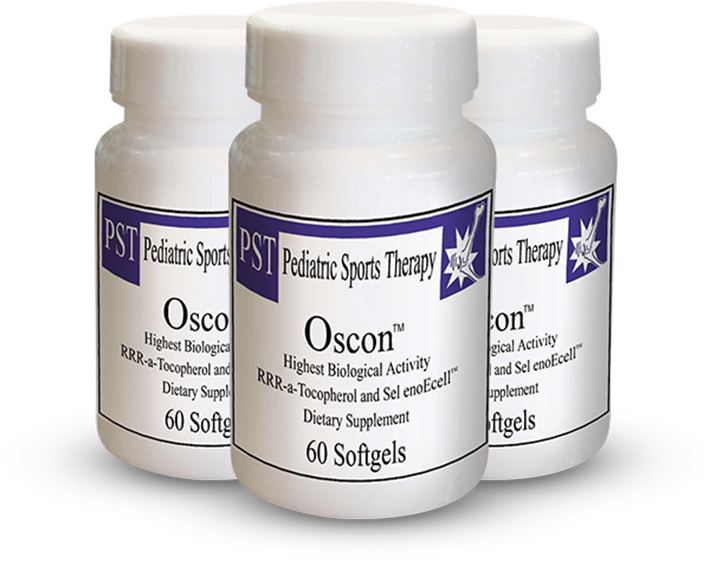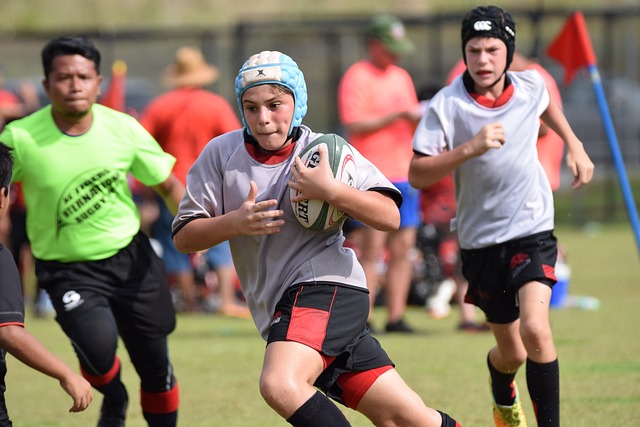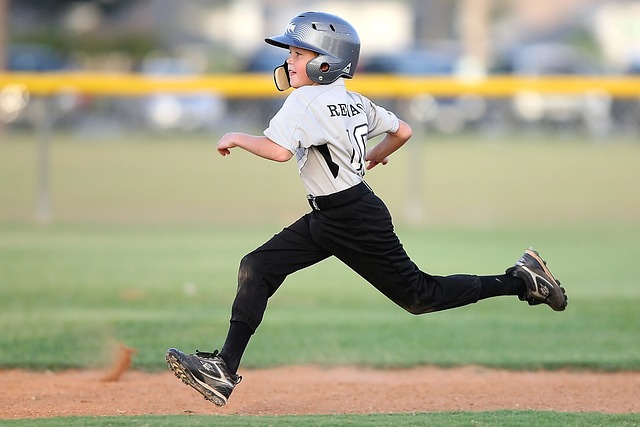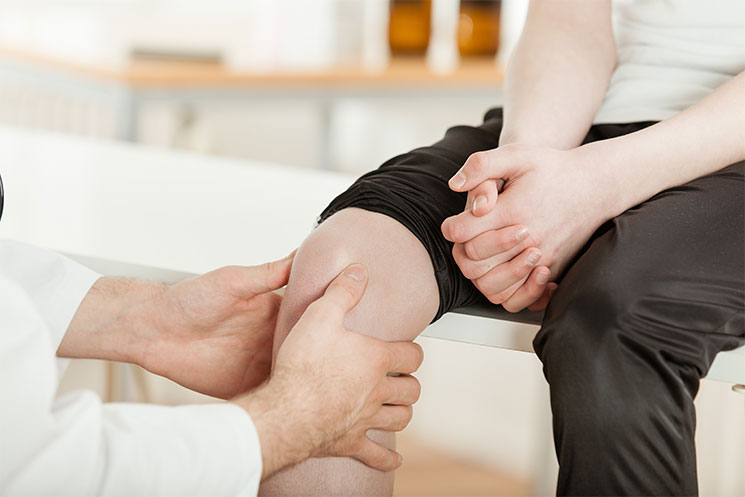Osgood-Schlatter
This information is not meant as an aid in the diagnosis of any disease or health condition. Consult your physician before starting any treatment.
Helping 1,000 of Young Athletes
Achieve Outstanding Results
With pioneering treatment for Osgood-Schlatter.
Click below to find out more or order online.
Buy OSCON™
Exclusively Online
OSCON is a clinically tested selenium that provides proven treatment and relief for Osgood-Schlatter disease. You can purchase this treatment exclusively online here.



What is Osgood-Schlatter?
Who is most likely to be a victim of Osgood-Schlatter Disease?
Osgood-Schlatter disease is probably the most frequent cause of knee pain in children. The condition occurs most commonly in children between the ages of 9 and 16 years but it can occur in younger children. Both boys and girls are equally vulnerable to its debilitating effects.
Osgood-Schlatter disease is always characterized by activity-related pain that occurs a few inches below the knee-cap, or patella, on the front of the knee.


Osgood-Schlatter disease is a condition that causes pain and swelling below the knee joint, where the patellar tendon attaches to the top of the shinbone (tibia), a spot called the tibial tuberosity. There may also be inflammation of the patellar tendon, which stretches over the kneecap.
Symptoms

What is Oscon?
Oscon is a specifically balanced formula of organically bound and clinically tested selenium compounds contained within the cells…
How is it treated?
Until now the only approved treatment for Osgood-Schlatter Disease was anti-inflammatory drugs in conjunction with “RICE”.
How to Order Oscon
This information is not meant as an aid in the diagnosis of any disease or health condition.
Other Helpful Links
Our Oscon Laboratory and Facilities Since our founding in 2002 we have specialized in providing health professionals…
Oscon™
*A New, Safe & Effective Treatment*
Until now the only approved treatment for Osgood-Schlatter Disease was abbreviated as “RICE”. This stands for Rest, Ice, Compression and Elevation. Often non-steroidal anti-inflammatory drugs (NSAIDS) are also recommended. Unfortunately, many times these treatments may prove to be inadequate. The condition, osteochondrosis at the tendon’s attachment point on the tibial tubercle, may include microscopic bone chipping, inflammation and tears, and only in the most extreme cases, separation of both cartilage and bone from the tibia.
The following link will take you to some of the original case histories during the early development of Oscon.
Social Proof - Testimonials
Don’t just take our word for it. Here’s what some of our satisfied customers have to say:
Hello Gary My name is Kim Blackman, my daughter tried your product at the end of last summer after a VERY difficult year in gymnastics.… Read more “Kim Blackman”
Gary, The first bottle worked like a charm. My daughter can finally run and jump without pain again. Thanks so much
Thank you for your response. The recurrence is about 4 months after he finished the full month of 60 tablets. He has grown quite a… Read more “Lisa C.”
Just want you to know how thrilled my neighbor is with the results for her granddaughter….. She started the pills on a Thursday and the… Read more “Doti Trayhorn”
I recently ordered some Oscon tablets and a knee brace for my 15 year old son, who has been in constant pain for over 12-months… Read more “David B.”
Hi Gary, My daughter is 14, she plays softball and basketball. This is her fourth year playing ASA softball. She has been the only catcher… Read more “Kara”
